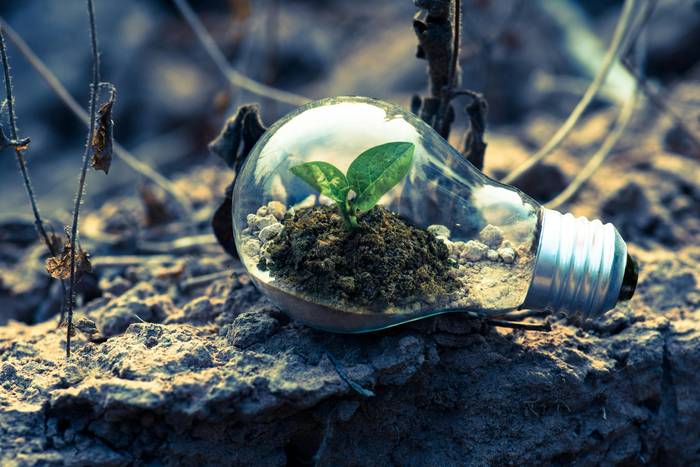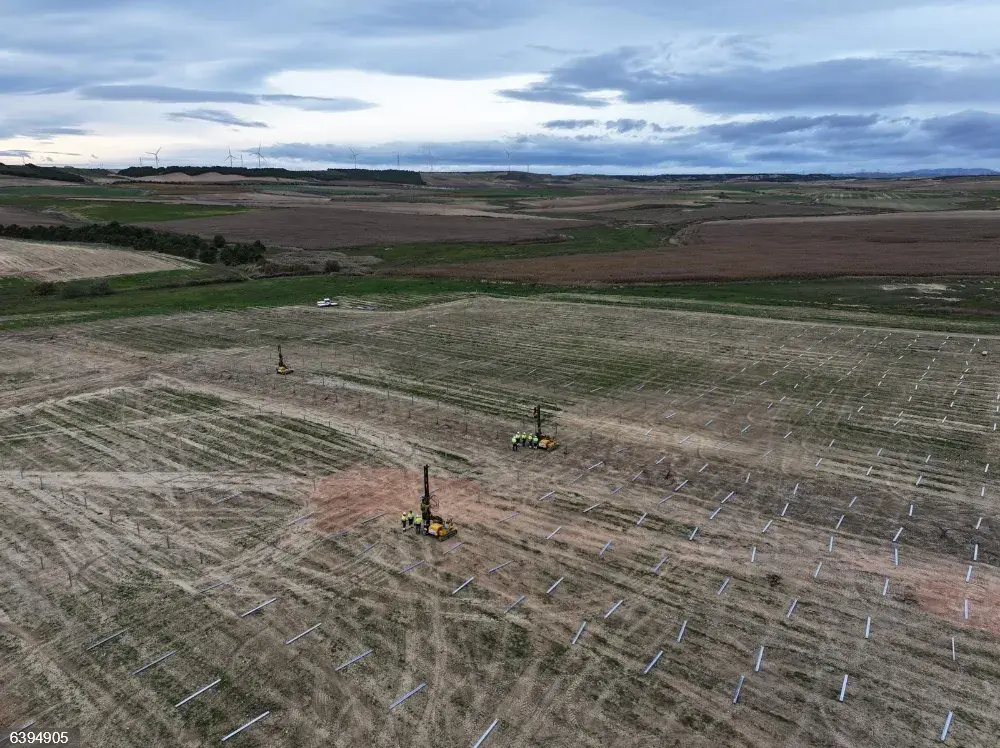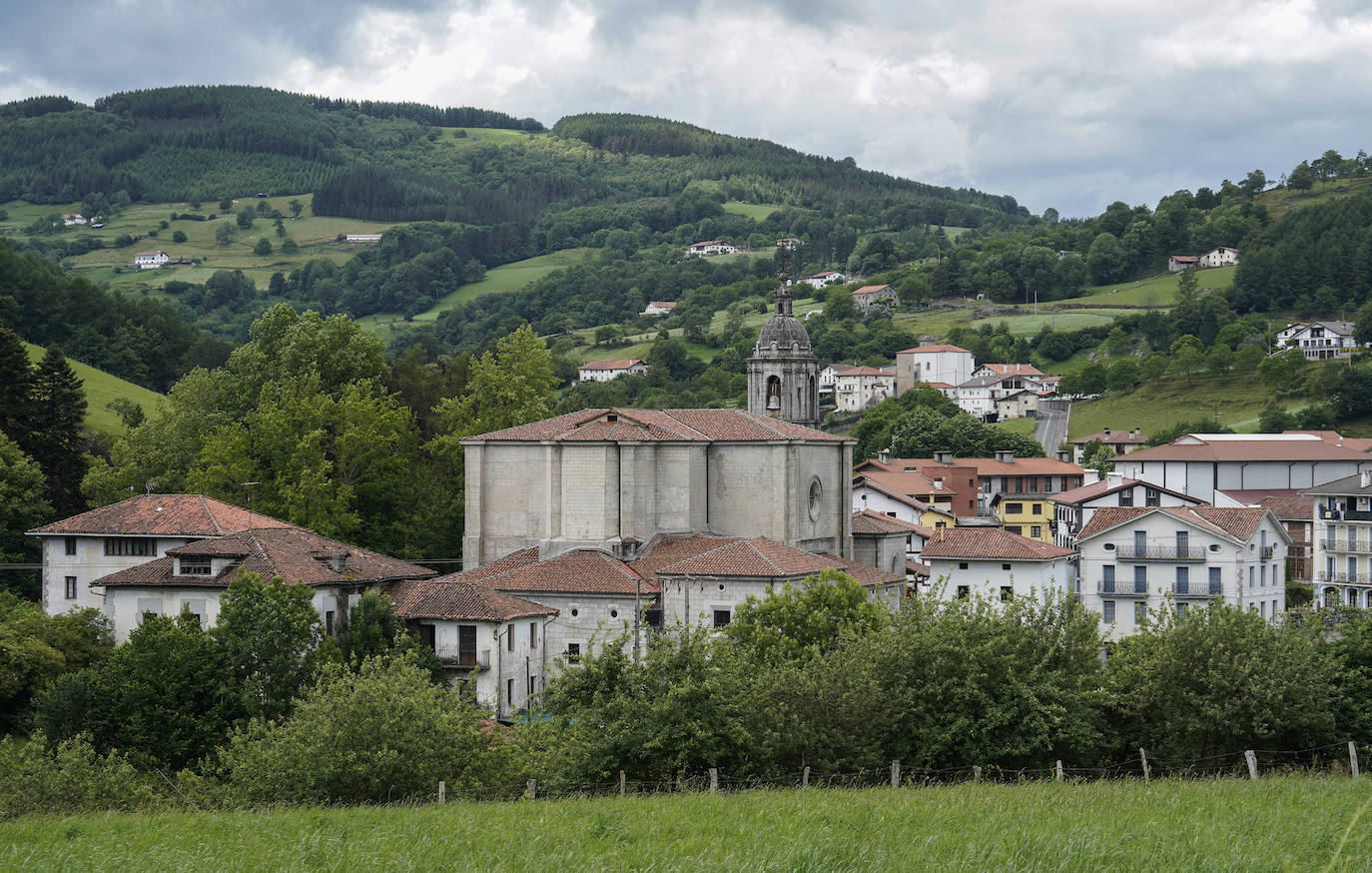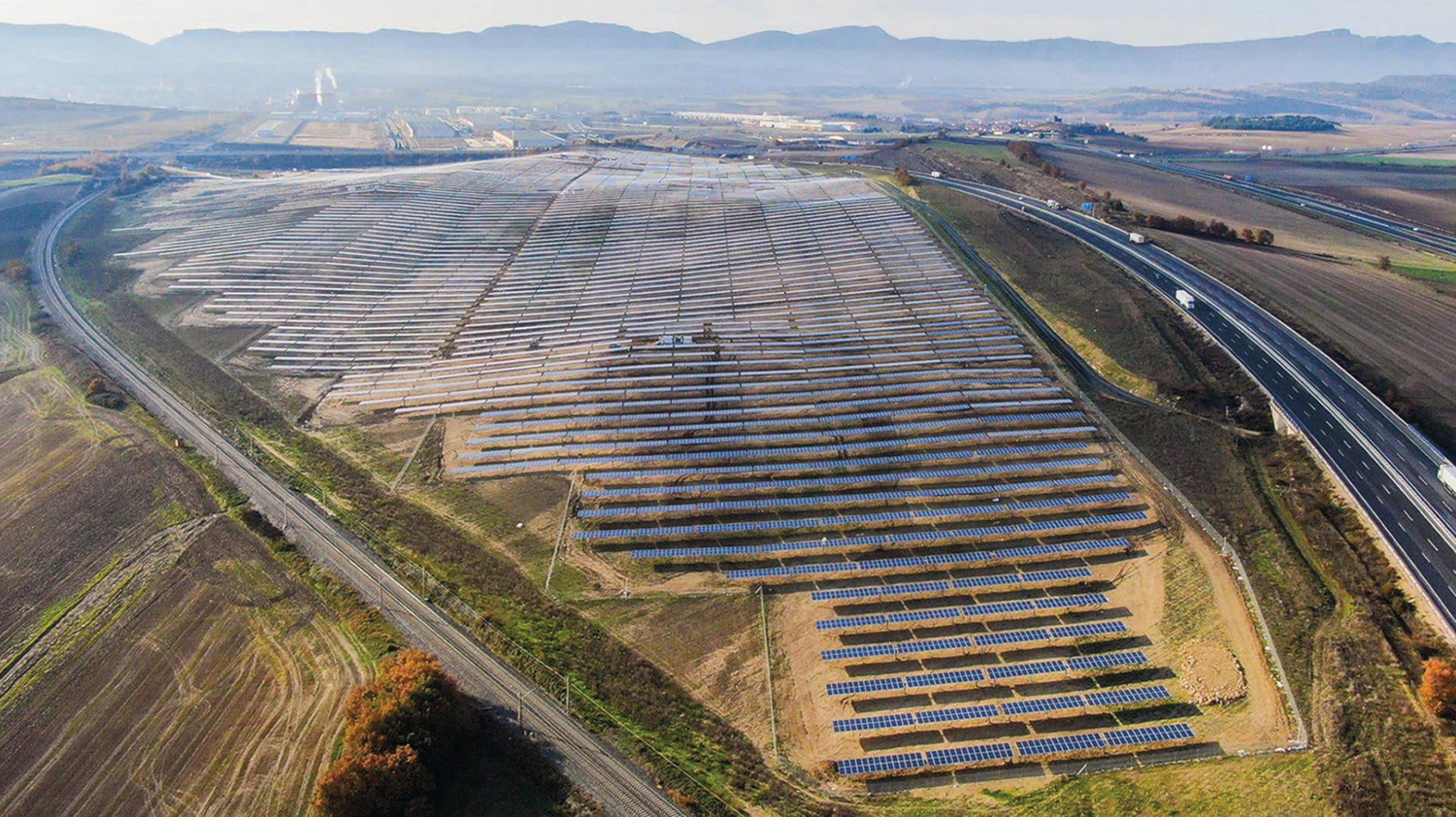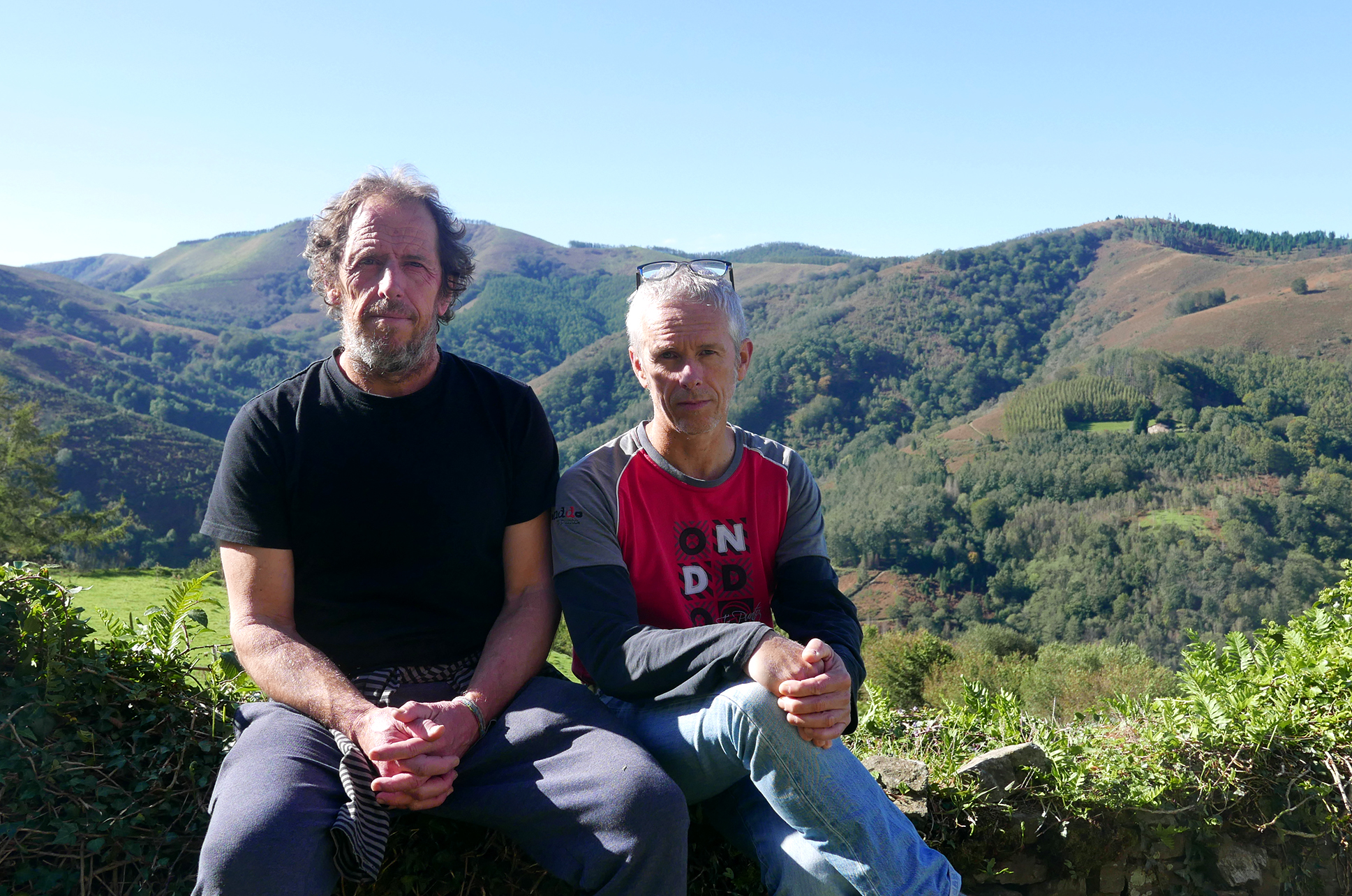How to turn the farmhouse into an energetically sovereign place… even in vain
- Last year, the owners of the cottage Garro de Zerain launched a project to adapt the house to current energy needs. With the help of experts, an infrastructure of the size of the young family who wanted to occupy the building was designed and the technical feasibility of the building was verified. Unfortunately, the project has been left in a corner forced by other obstacles and, above all, by the electricity reform announced by the Spanish Government. In particular, measures to punish self-consumption.
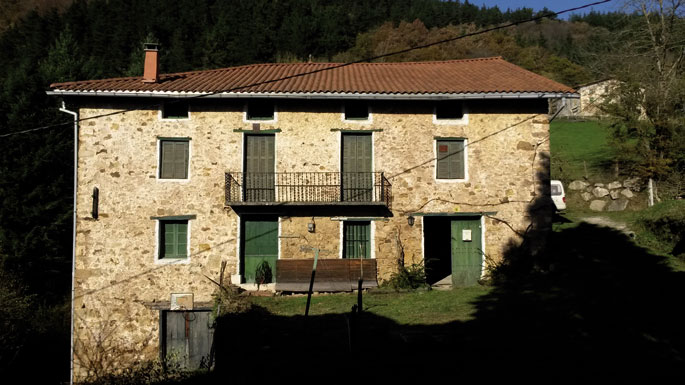
The economy of the Basque Country is undergoing profound change. That is what young people know, and I also know that they will have to turn the situation over, but most cannot leave their parents' house because they do not have work or because they do not have enough pay to rent a house, even if they have work. Reoccupation of rural homes at risk of abandonment is a good option for young people who do not want to live under mortgages. But what limit does such a project have?
It is 40 years since the neighbors of the Garro Village (Zerain, Gipuzkoa) left the house and went down to the city. Later, the farmhouse built in 1901 became a summer house for the family, a treasure in one of the most secluded corners of the Goierri. The family wanted to take advantage of this treasure to turn the building into a home. Along this road, they wanted to design a project that responded to the needs of the young woman who was going to live in the dwelling. Not only that, the project should be ecologically sustainable.
However, they have finally decided to suspend the activity. One of the main reasons is the willingness of the Spanish Government to punish self-consumption, which in the table on the last page of this article includes the decree that Madrid wants to implement. But from the energy point of view, the owners of Garro saw that the project was viable.
Thermal and electrical efficiency
They wanted to get clean and efficient landfill and baserritarras in the use of energy. Clean out of respect for the environment and efficient because of it and the importance of taking care of the pocket. In addition, measures were taken that would make it possible, as far as possible, to be energetically sovereign so that the farmhouse could be supplied. Dependency on energy suppliers tends to decrease the quality of life. The first step to achieve this goal was the adequacy of the house. For this purpose, the experts Xabier Uzin and Asier Valenzuela were hired, who were in charge of conducting the interviews. Uzin and Valenzuela conducted a study to improve thermal regulation and electricity supply.
Before starting the design, the technicians wanted to make it clear that it was important to predefine the use of the building, that is, the lifestyle that the young person would live there, as this influences the design. Therefore, it was taken into account that only one person would live at home, work from home and from the computer, and can receive visits from several days on occasion. In order to predict the amount of energy to be generated, a normal and cold winter day was chosen, which would be the most consumed day. This would provide enough energy to deal with the worst case.
When we arrived here, it is important to understand that both systems, electric and thermal, were independent. In order to obtain the heat, the quantity of wood that was discharged into the fire would be determined at all times; the rest could be stored in the warehouse. Electricity would be obtained from the sun. Of course, the inhabitant of the house could not control this variable, and that could become a problem.
Solar energy is less used in winter than in summer, but consumption is higher, as we spend more hours at home. Anyone may think that the simplest way to deal with this is to place a battery and accumulate the surplus energy to use it when necessary. But it's not that easy. On the one hand, batteries are very expensive and polluting; on the other hand, by law, we are obliged to redirect the electrical energy we generate to the general network, as long as we are in the area that covers it. This means that we have to sell plate transformed energy to big power suppliers and buy what we want to consume again. So we just have to pay the difference between what we produce and what we consume.
The greatest sovereignty lies in making a fine forecast of the electricity that will be used throughout the year and that this will be generated, for example, by adapting the number of plates to the needs. On the Internet you can see the value of the solar energy available in each region.
Wood, heat source
Returning to calorific energy, the experts affirmed that it was necessary to identify the particularities of the farmhouse well. Among the strengths were, for example, that the farmhouse has large pine forests on the mountain and that many timber could be harvested from there to be used as fuel. Furthermore, despite the great debate, most of us recognise that wood is a renewable energy source if the regeneration rate is higher than the exploitation rate.
In the case of Garro, this condition was fulfilled, among other reasons why the heating of radiators was chosen by means of the fire below. However, the forests were climbing the mountain and a great deal of effort would have to be made to get firewood; the minimum machinery would also have to be made. Furthermore, giving legitimacy to pine (Pinus radiata) plantations is not one of the most ecological attitudes in the world, but that was another debate, which should take place when the time came for the revegetation of the forest.
The key is not to dazzle by creating thermal energy, but to take advantage of that heat, and to do so it was necessary to strengthen the enclosure, as well as to have a heat accumulator to warm the shower water, which would be heated in summer with thermal plates that warm the water during the summer and with low fire in winter, because we need hot water all year round, and room radiators, only in winter, when they wanted and when they wanted.
Improved isolation, key
The experts also considered it essential to improve the isolation of the rooms to be heated for their efficiency. With the current enclosure of the house, most of the heat generated would be lost in a very short time. Therefore, it was essential to change the windows and doors of a project of this kind, since they are the areas that accumulate the most losses in old dwellings. As the interior walls are thin, unlike the exterior walls, it is lost quite heat, especially along the walls between the enluded and non-encumbered rooms. In fact, it had been decided to heat only the rooms that would bite the most, not the whole house.
From the point of view of the electrical system, the main strengths were, on the one hand, that the dwelling has half a roof facing south, so it is suitable for plate placement, and on the other hand, that the sun rays reach the roof of Garro almost every hour of the day. The fact that the neighborhood was covered by the general network presented a negative and positive aspect, according to the point of view. On the one hand, sovereignty was lost; on the other hand, no accumulation mechanism would be required, as electricity was available at all times.
Of course, anyone who joins such a project must be clear that, before they start doing anything, they will have to adapt their thinking. This will require an adjustment of the life model to the situation, articulating daily practice, customs... around the project.
As we have said, the project was finally paralysed. On the one hand, the Basque Government, through the EVE, subsidizes 50% of the feasibility studies of projects based on renewable energy, at best, and 30-35% of the cost of materials and installations. This aid was not sufficient to carry out the project. This is, of course, in addition to the decree that the Government of Madrid wants to implement. It seems that some politicians, rather than aligning themselves in favour of renewable energies, prefer to use young people as cheap labour to pay old interests.
Zalaparta handia sortu zuen 2013ko uztailean Espainiako Gobernuak iragarritako erreforma elektrikoak. Zati polemikoena, beharbada, autokontsumoa erregulatzeko dekretuaren zirriborroa izan zen. Hamar hilabete igaro ostean dekretua ez dago indarrean oraindik, eta ez dago argi noiz egongo den, ez eta aldaketarik jasango duen ere, baina horrek ez du eragotzi aurkako erantzun zabal eta irmoa sortu izana. Madrilen asmoen kontrako jarrera Eredu Energetiko Berri Baterako Plataformak (EEBBP) bultzatutako Desolbediencia (Desobekientzia, itzuli dute euskarara) kanpainan gorpuztu da batez ere. Talde ekologistak, berriztagarrien sektoreko enpresak, sindikatuak... denetik aurkitu dezakezu plataforman.
Eguzkiaren izena erabiltzeak erabateko zentzua du. Izan ere, autokontsumoa egiteagatik PPren Gobernuak ezarri nahi duen zergari (peaje de respaldo, gaztelaniaz) “eguzkiaren gaineko zerga” deitu izan zaio. Funtsean, zera da: energia bere etxean sortzen duenak –argazkikoa bezalako plaka fotovoltaikoen bidez, normalean– zazpi zentimo ordaindu beharko du autokontsumitutako kwh bakoitzeko. Bestela esanda, askoz garestiago suertatuko zaio elektrizitatea bere kabuz sortzea sare orokorretik hartzea baino.
EEBBPko Zuhaitz Areitiok azaldu digunez, dekretua indarrean jartzen denean zentzua galduko du autokontsumoak, alderdi ekonomikotik zama handiegia izango baita. Horregatik, eta Garro baserriaren kasuan bezala, Espainiako Gobernuaren asmoak jakinarazi zirenetik nork bere etxean energia sortzeko proiektu asko –gehienak ez esatearren– geratu dira bertan behera, konpainia elektriko handien mesederako eta energia berriztagarrien garapenaren kalterako. Desobekientzia kanpainak, hain justu, protesta hutsetik harago joan eta desobedientzia egitera dei egiten du: dekretuari jaramonik egin ez eta autokontsumorako instalazioak jartzera animatzen dute, zigorrak zigor.









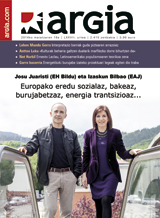





.png)
